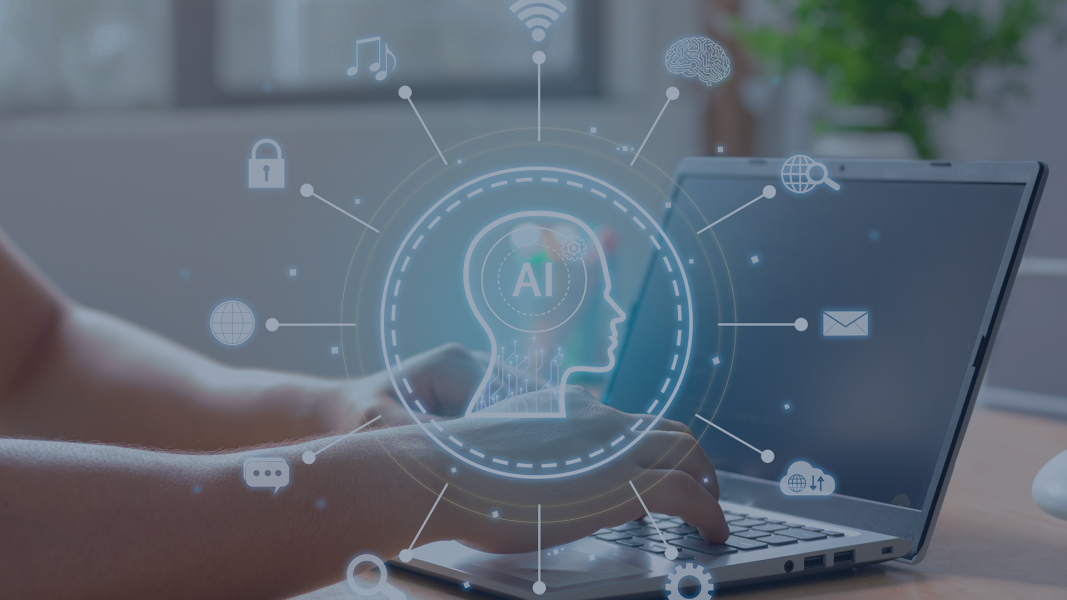
Despite all technological advancements and proven benefits, Artificial Intelligence still divides opinions. While some consider it unnecessary, others leverage its functionalities to optimize daily routines.
Artificial Intelligence can be defined as a field of computer science dedicated to the study and development of machines and computer programs capable of reproducing human behaviors in decision-making and task performance.
Its operation occurs through the analysis of a considerable volume of data and identification of patterns, achieved through methods such as machine learning and deep learning.
How it all began
Like other technologies and communications, AI began to emerge at the height of World War II, reflecting other discoveries and advances related to computing.
The term itself can be attributed to John McCarthy, from the Massachusetts Institute of Technology – MIT, defined at the time as the construction of computer programs that engage in tasks normally performed satisfactorily by humans, due to high-level mental processes, such as perceptual learning, memory organization and critical thinking.
The MYCIN, a specialized system for diagnosing blood diseases and prescribed medications, was one of the first major steps. The system created at Stanford University in 1972 was based on an inference engine programmed to mirror human reasoning logically. Its operation relied on data input, enabling it to provide highly specialized responses.
The Artificial Intelligence as we know it today emerged from 2010 onwards, triggered by access to large volumes of data and the discovery of the high efficiency of computer graphics card processes, capable of accelerating the calculation of learning algorithms.
Several milestones can be highlighted over the years, such as Google’s research laboratory managing to program an AI to identify cats in a video in 2012. Then, in 2016, Google’s Artificial Intelligence specialized in the game of Go defeated the European and world champions.
This paradigm shift allowed the approach to become inductive. Therefore, it’s no longer about coding rules for expert systems, but allowing computers to discover them through correlation and classification, based on a significant amount of data to their own responses.
AI in the corporate world
When we refer to Artificial Intelligence for business, we specifically talk about automations. That is, transferring processes and tasks to machines instead of solving them manually.
As a result, processes such as decision-making and production become faster and more effective, optimizing daily routines. Among the benefits of using AI in the business environment, we also highlight the execution of tasks with greater precision and lower possibility of errors.
Furthermore, it has the ability to operate uninterrupted, perform repetitive tasks, and promote the automation of steps in the production process in industries and factories, resulting in increased productivity.
The use of Artificial Intelligence has become increasingly useful, assisting in various stages of our routine, communications and task completions. An example of this is the improvement in online purchasing and sales processes, facilitating customer service through chatbots.
And talking about customer relationships, the data available today allows companies to understand behavioral patterns, psychological characteristics, preferences, pains and even dreams of their customers. All this information contributes to brands being able to create a distinctive and captivating presence in the market, meeting the needs of customers.
AI can also be efficient as a Team Management tool, through collaborative work platforms and software, connecting data and facilitating information exchange between departments. As a result, tasks are executed more accurately, allowing leaders to monitor the process, and enabling identification of which professionals are more involved in each project.
The challenges of implementing AI
Research estimates that Artificial Intelligence could be responsible for a 40% increase in company productivity over the next 15 years, becoming an ally for organizations aiming for market growth.
However, the major challenge for managers, leaders and investors is knowing how to implement the technology to improve the company’s results. Another aspect to consider is identifying the objectives of this implementation, which processes can be improved with the tool and what will be enhanced, for example, improving productivity, reducing costs, optimizing time, among others.
The first step is to build a strategic plan, mapping out processes, preparing data for neural network model training, and devising personalized strategies to integrate technology and processes.
Artificial Intelligence is an ally in our work, so we need to establish beforehand the role of people and the role of machines within the organization, redefining processes in a structured and efficient manner.
Data collection and processing are essential steps; after all, AI operates through databases. Therefore, build a robust database so that its functionalities are more efficient.
Although challenging, once implemented, the technology impacts on risk reduction, increased operational efficiency, better problem resolution and positive financial and strategic results.
Author:

Bianca Wermann
Journalist, Communication and Marketing Analyst at Interact Solutions.



